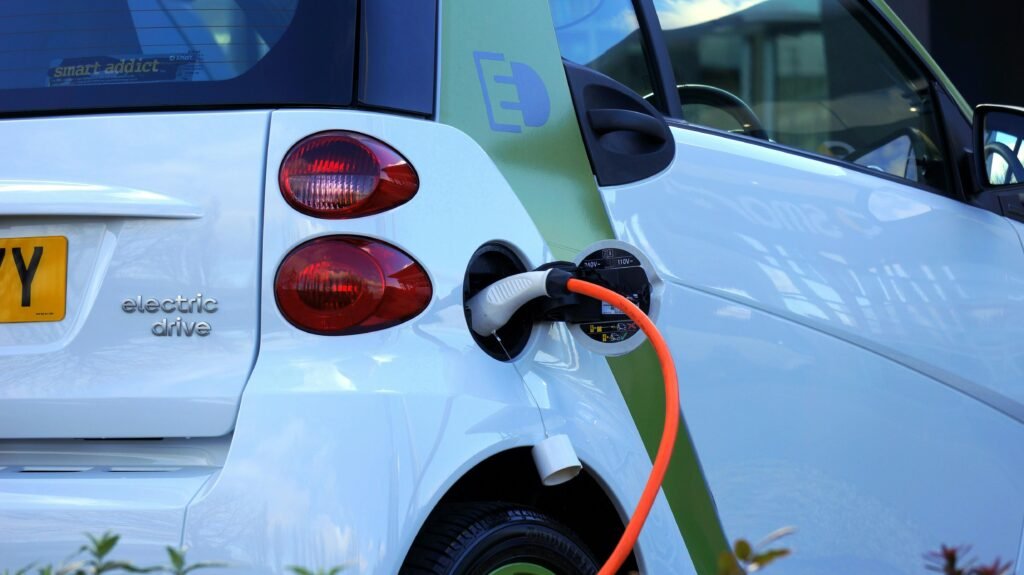Introduction
The shift to EVs is well underway in Ireland and the UK, with governments pushing for greener roads and manufacturers rolling out new models every year. But while EVs are undoubtedly the future, the transition isn’t without its bumps. Let’s take a look at the positives, the challenges, and what the near future might hold.
The Positives: Cleaner, Cheaper, and More Efficient
One of the biggest wins with EVs is the environmental impact—or lack of it. With zero tailpipe emissions, electric cars significantly reduce pollution, making cities cleaner and healthier. The UK government has set ambitious targets to ban the sale of new petrol and diesel cars by 2035, while Ireland has set its own deadline for 2030 (Gov.uk, 2023).
From a financial standpoint, running an EV can be much cheaper than a petrol or diesel car. The Sustainable Energy Authority of Ireland (SEAI) reports that electricity costs per mile are generally lower than fuel, and there are plenty of incentives like reduced road tax and grants for home charging stations. Plus, EVs have fewer moving parts, which means lower maintenance costs over time.
Then there’s the driving experience. Many EV owners rave about the smooth, quiet ride and instant torque that makes acceleration feel effortless. With more charging points being installed across both countries, range anxiety (the fear of running out of charge) is gradually becoming less of an issue.
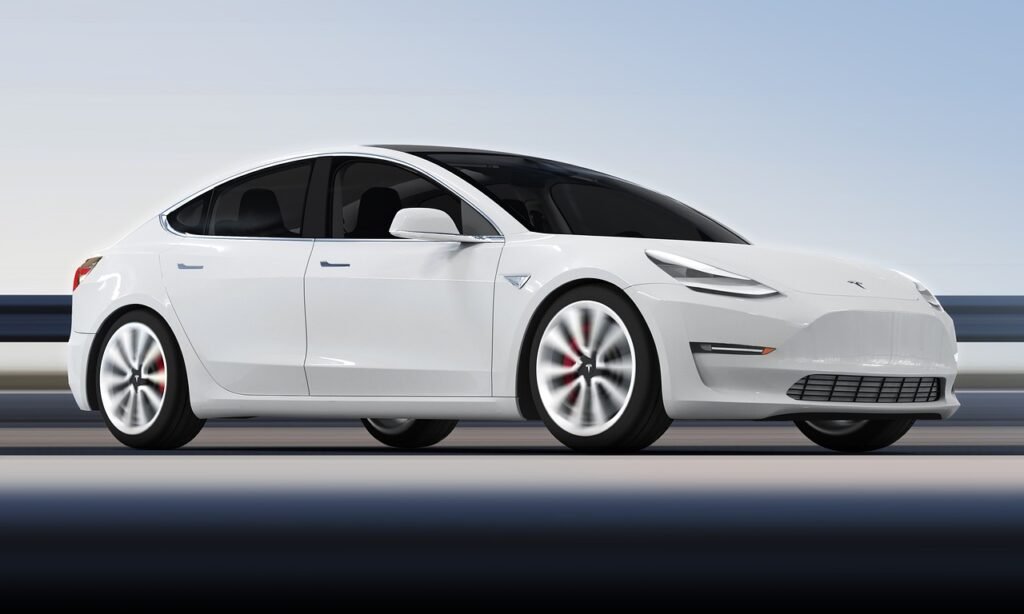
The Challenges: Cost, Charging, and Infrastructure Gaps
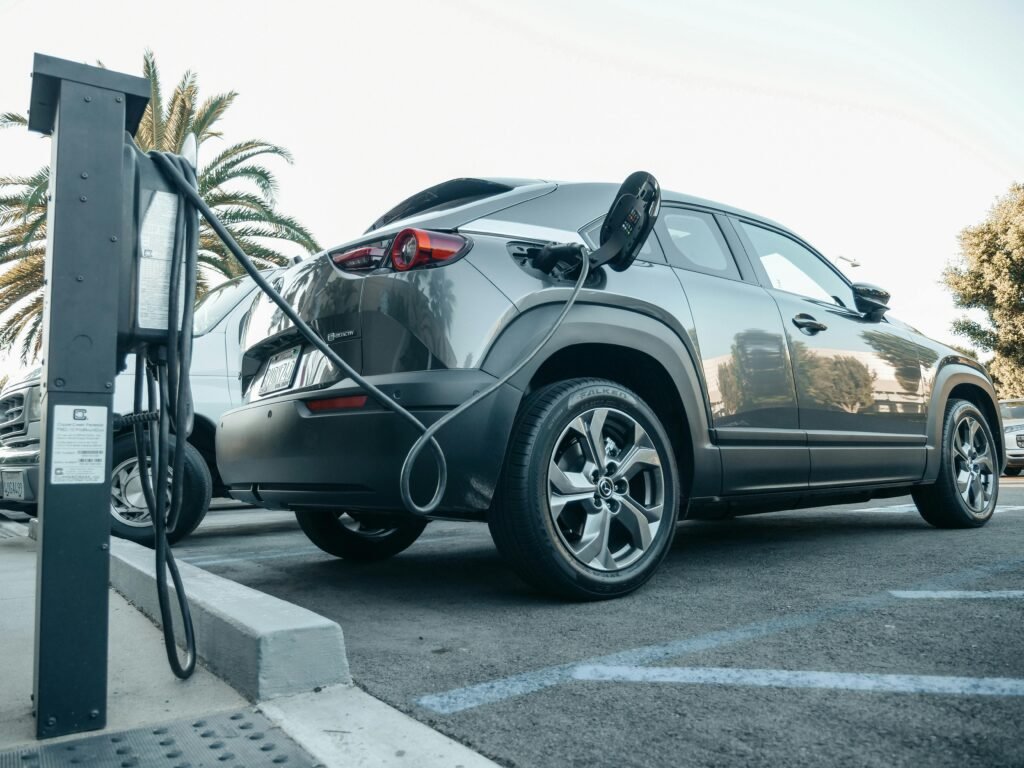
Despite the positives, there are still some hurdles to overcome. First up is the cost—while EV prices are coming down, they’re still more expensive upfront compared to traditional cars. Even with government grants, many drivers find the initial investment daunting (BBC, 2024).
Charging infrastructure is another major challenge. While urban areas in both Ireland and the UK are seeing a rapid increase in public chargers, rural regions still lack sufficient coverage. Home charging is an option, but not everyone has access to a private driveway or garage, making it difficult for city dwellers to charge their vehicles conveniently (Irish Times, 2024).
Then there’s the question of electricity demand. As more people switch to EVs, will the grid be able to cope? Both governments are investing in renewable energy, but ensuring stable and sustainable electricity supply remains a crucial part of the transition.
The Near Future: What’s Coming Next?
Over the next few years, we can expect even more improvements in battery technology, leading to longer ranges and faster charging times. More affordable models are also on the way, making EVs accessible to a wider audience (Autocar, 2024).
Government policies will continue to shape the market. The UK has already delayed the petrol and diesel car sales ban from 2030 to 2035, giving car manufacturers more time to adjust. Ireland, on the other hand, is still aiming for 2030 but may face similar pressures to push back deadlines if infrastructure isn’t up to speed (RTE, 2024).
Ultimately, while the road to full electrification has its fair share of challenges, there’s no doubt that EVs are here to stay. With continued investment and innovation, driving electric will soon be the norm rather than the exception.
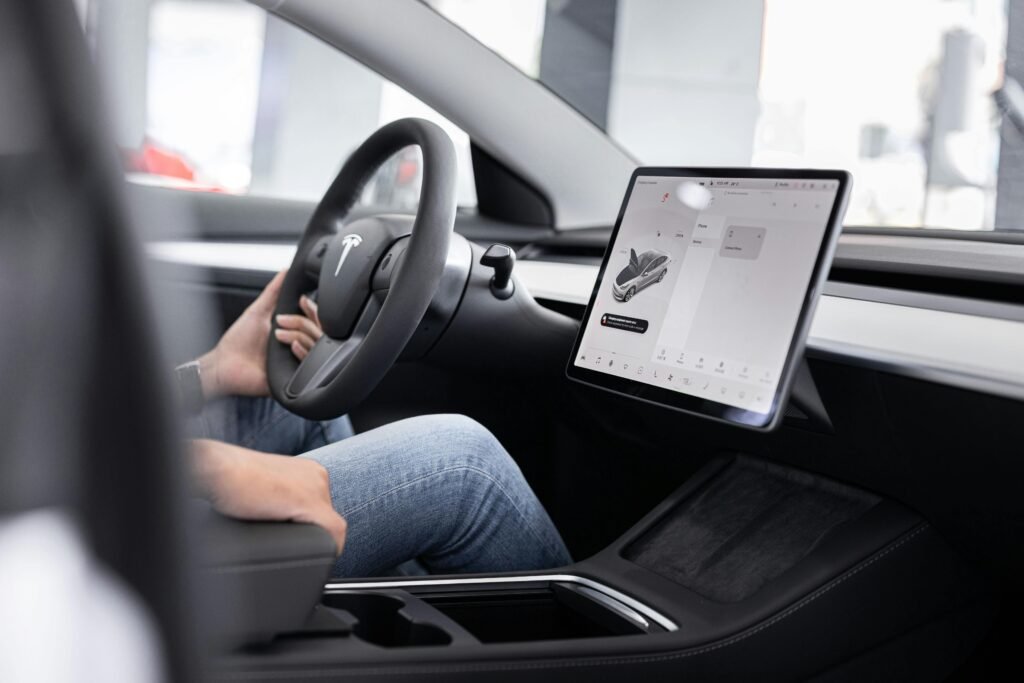
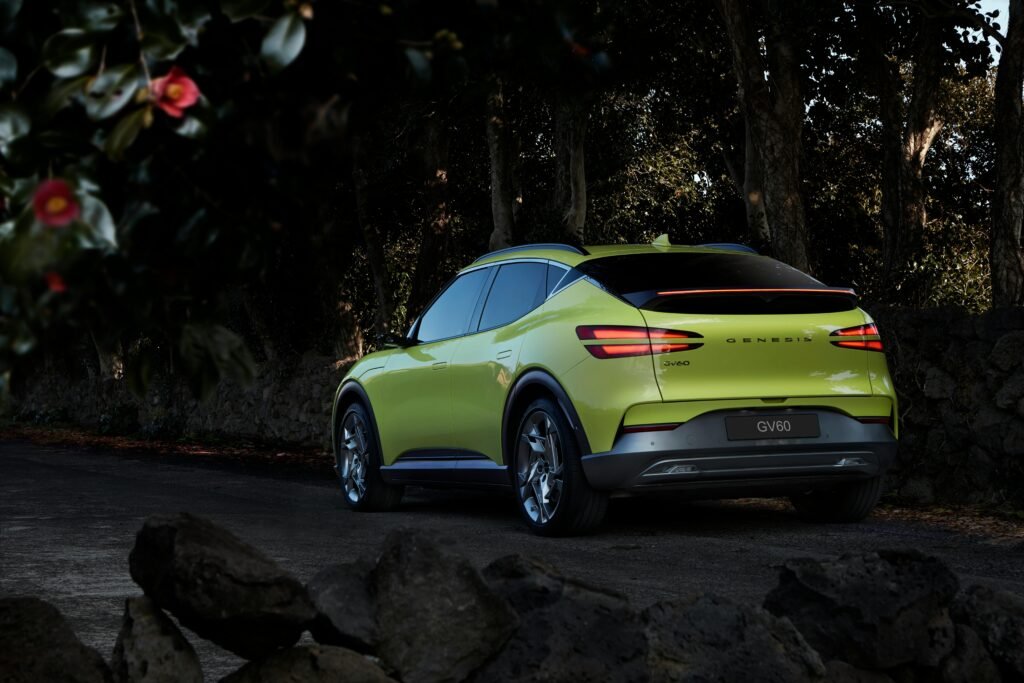
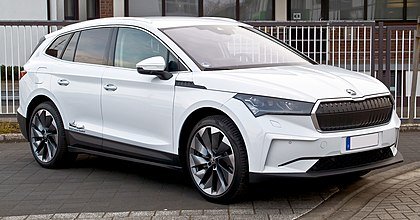
Image source: Wikipedia

